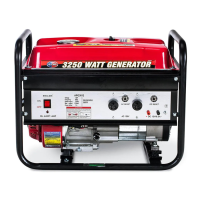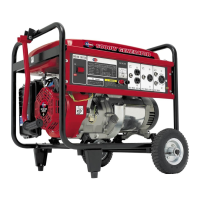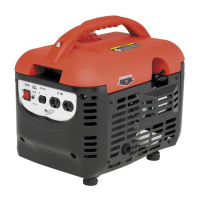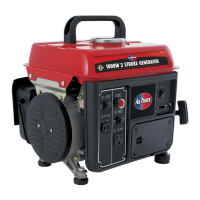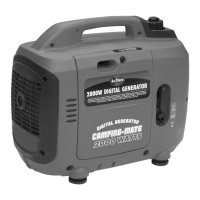Owner's anual
Maintenance
Injury From Moving Parts.
Do not run the engine unless instructed to do so.
Read the instructions before you begin, and make sure you have the tools and skills required.
To reduce the possibility of fire or explosion. Use extreme caution when working around gasoline.
Use only a nonflammable solvent, not gasoline, to clean parts. Keep cigarettes, sparks and
flames away from all fuel-related parts.
Remember that your servicing dealer knows your generator best and is fully equipped to maintain
and repair it. To ensure the best quality and reliability, use only new, genuine parts or their
equivalents for repair or replacement.
Emission Control System Information
The combustion process produces carbon monoxide, oxides of nitrogen, and hydrocarbons.
Control of hydrocarbons and oxides of nitrogen is very important because, under certain
conditions, they react to form photochemical smog when subjected to sunlight, Carbon
monoxide does not react in the same way, but it is toxic. Engine utilizes lean carburetor setting
and other systems to reduce the emissions of carbon monoxide, oxides of nitrogen, and
hydrocarbons.
Tampering and Altering
Tampering with or altering the emission control system may increase emissions beyond the
legal limit. Among those acts that constitute tampering are:
Removal or alteration of any part of the intake, fuel, or exhaust systems.
Altering or defeating the governor linkage or speed-adjusting mechanism to cause the engine
to operate outside its design parameters.
Problems That May Affect Emissions
If you are aware of any of the following symptoms, have your engine inspected and repaired by your
servicing dealer.
Hard starting or stalling after starting.
Rough idle.
Misfiring or backfiring under load.
Afterburning(backfiring).
Black exhaust smoke or high fuel consumption.
23

